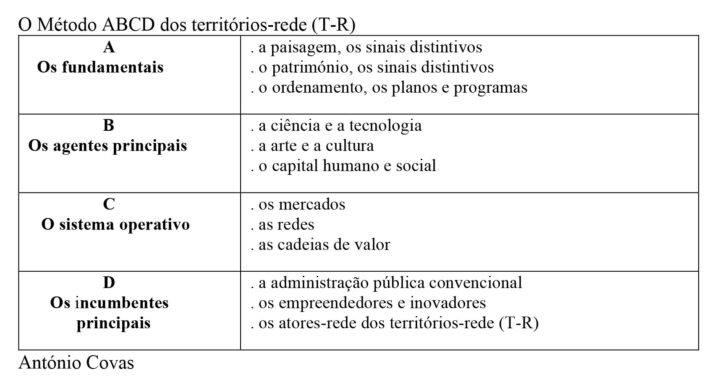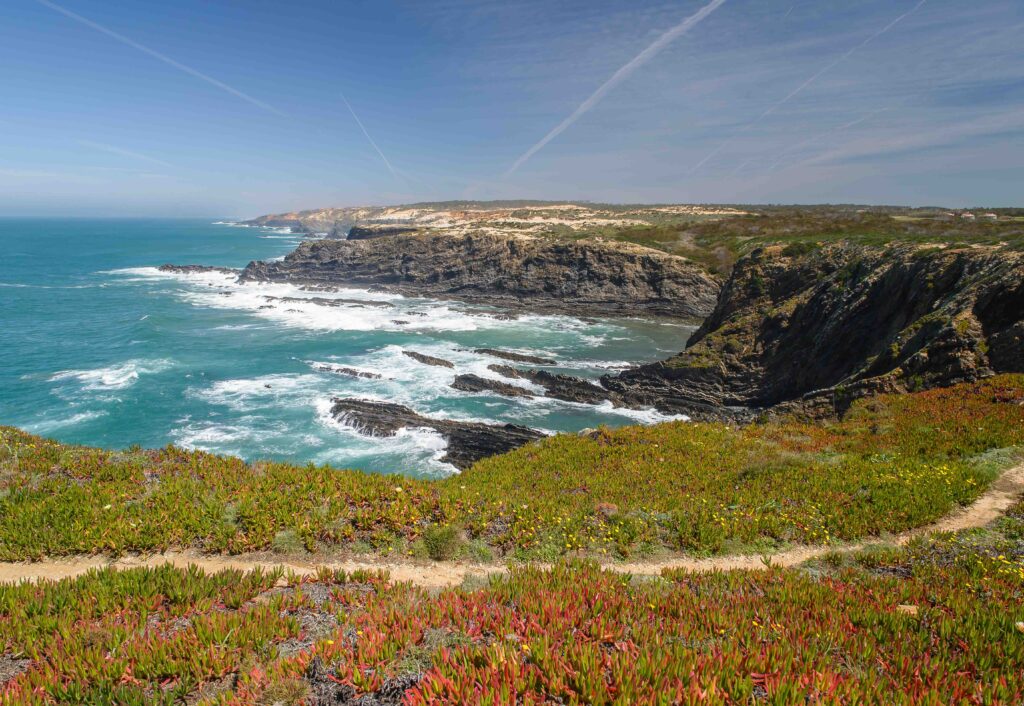There are many examples of smart communities that can be pointed out: a municipal agroecological park, a protected landscape area (a natural park), a condominium of villages (vine-growing villages), a farmers' association (an irrigated area), a of forest intervention (the ZIF), a local action group (a mountain area or a landscape amenity), a local development association (ADL) to manage a soil bank, a research center to organize and manage an agri-food system local (SAL) or agroforestry (SAF), an association to manage semi-abandoned vacant land, a peri-urban agriculture nucleus in the form of a condominium, a business nucleus to manage a park or industrial area, among many other examples.
The application of the active principle of networks therefore leads to the formation of intelligent communities that are, above all, the emotional intelligence of a geography of proximity. In all cases, they are intelligent communities and platforms, based on knowledge, cooperation, culture and creativity, to create and manage market goods, public goods and common goods.
The network territory (TR) of an intelligent community is administered by a principal agent, the network actor, which is a mission and connection structure with a view to achieving the common and collaborative good, as well as the administration and monitoring of context costs, its external effects, route incidents, but also the reduction of blind spots and fortuitous interactions in your program. Henceforth, the actor-network is tasked with seeking cooperative forms of government and new dynamics of peer collaboration that will give rise to many positive-sum combinations.
In the formation of intelligent communities, there are planning instruments that are fundamental to stimulating the cognitive value of territorial collective intelligence (ICT), for example: planning plans for protected landscape areas, the requalification of spaces surrounding equipment and infrastructures, brands reference of products, certification of services and destinations, accreditation of collective structures for the promotion of territories, the creation of solid partnerships with research centers, etc.
If this territorial mapping exercise is successful, the partners and the actor-network will be in a position to transform endogenous resources into territorial development assets, in line with a new grammar of common goods that safeguards the rights of future generations and missing subjects.
Having arrived here, we already know the tasks or missions that await us, namely, the constitution of a community of destination and a network-territory, the formation of the actor-network, the implementation of a grammar of common goods and services and the respective collaborative digital platform. The operating system and application methodology can be simply referred to as the ABCD method.

To manage this political agenda of the territory well, the actor-network will have to perform exemplarily the role of main agent of its intelligent community, that is, effective leadership in mobilizing peers, the good use of information and knowledge to consolidate a geography desired and a destination community, a very judicious notion with regard to the good use of horizontal and vertical cooperation networks and respective collaborative platforms, a very refined critical sense with regard to the innovation of processes and products, but also the essence of places in terms of territorial marketing and associated products, a very open approach in relation to social capital and, in particular, young and intergenerational entrepreneurship.
Finally, increased attention must be paid to the new sociocultural references of the third decade, the landscape system and bioregions, and their transfer to network territories (TR), territorial-based integrated actions (AIBT) and intermunicipal communities (CIM), as a whole, its destination communities and the pillars of the future network economy and cooperation of smart communities.
Final Notes
Today, in the digital age, we must remember that, after 35 years of multi-annual programming of European funds, there was enough time to create a system with several comfort zones, some acquired rights and a convenient inertia in terms of managing expectations, a kind of ritual with a fully functioning bureaucracy and lobbying activity with many supporters.
Furthermore, it is good not to forget that, in an integrated space like Europe, where the management of restrictions and conditionalities substantially changes the nature of administration, it is European programs, to a large extent, that cyclically reinvent territories, from top to bottom, and not the territories that shape the programs and measures, from bottom to top.
Finally, in an extraordinary decade, with immense financial means, we can and must ask the fundamental question: are we going to commemorate with dignity the fifty years of April 25, 1974 and celebrate in 2024 the great transformation of the entire Portuguese society or are we going to melancholically consume the third decade of the XNUMXst century with mediocre growth rates similar to those we had in the first two decades of this century and we regret, once again, having left behind many Portuguese people and, once again, low-density territories and remote rural Portugal?
All these factors make the perimeter of our smart communities vary. A new culture of collaborative common good is at stake.
And what can stop this new public culture of collaborative common good? The power of corporations, the narcissism of leaders, political bureaucracies, the manipulation of social communication, the trivialization of public space, disaffection for politics, the discursive cacophony. Which is no small feat.
Author António Covas is a Retired Full Professor at the University of Algarve



















Comments